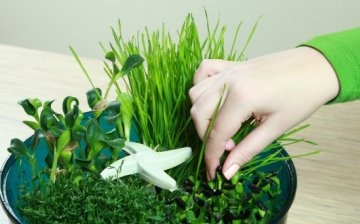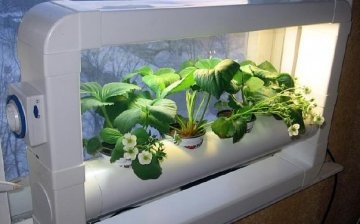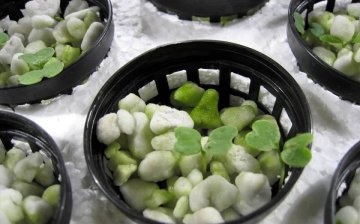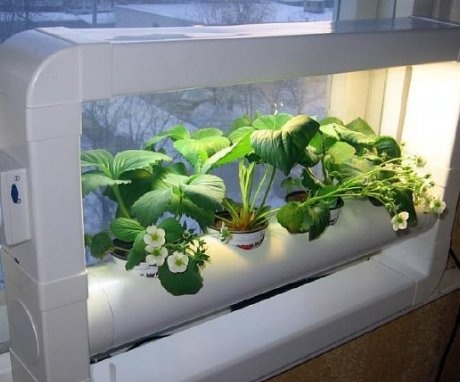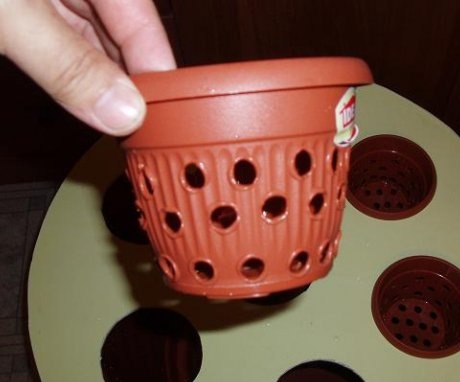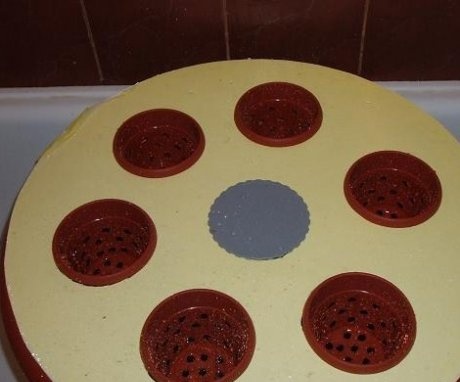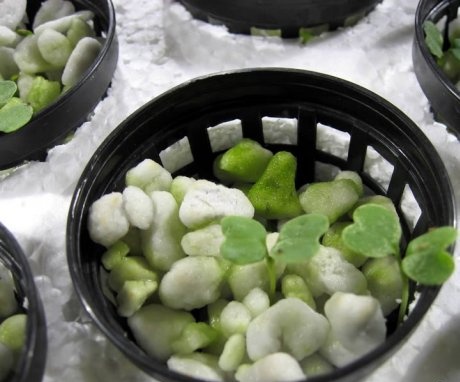Hydroponic plant: types, diagrams and assembly
A home hydroponic plant is the ability to grow all kinds of crops anywhere: on the balcony, in the room, in the country and so on and get a good harvest, even if there is very little space for them. As the price of organic produce rises, this is a great way to diversify your menu with fresh herbs that you can grow with minimal cost.
Hydroponics is the art of growing plants without soil: water and a nutrient mix provide everything they need to grow.
Content:
- Basic types of hydroponic plants
- Assembly diagram and principles
- Assembling a hydroponic plant
- Where to place your hydroponic plant in your home
- Plant pest and disease control
Basic types of hydroponic plants
How to make a hydroponic plant yourself? This is not as difficult as it might seem if you understand the principle of supplying plants with nutrients and water, as well as providing them with the necessary amount of light.
There are several types of hydroponic systems that work on different principles:
- Tidal system. The root system of plants at a certain time is immersed in the nutrient fluid, and the rest of the time the roots breathe, receiving the necessary oxygen. It is problematic to assemble such an installation at home: it requires a complex water supply system and automation.
- Capillary irrigation system. The roots are immersed in a thin layer of substrate, which is well saturated with nutrient fluid. For home use, such a hydroponic scheme will be the most convenient.
- Drip irrigation system. The nutrient fluid is gradually supplied to the roots, and its excess goes through the drainage system. In the meantime, there is no need to worry about it. ”
Assembly diagram and principles
A do-it-yourself hydroponic plant can be made in dozens of options, depending on the size of the room, the plants grown and other parameters. This is a great opportunity to show your technical savvy and try out various technologies. at home.
The simplest DIY hydroponic setup will consist of the following elements:
- A large container in which to place the nutrient solution. It can be made from a plastic canister or other container with a volume of 30-50 liters, but the walls must be opaque. Otherwise, the water will bloom very soon and become unusable. Transparent plastic can be painted or pasted over with opaque dense foil.
- Small plant pots. You can buy small seedling pots with holes in the bottom at the flower shop, their height should be lower than the height of the tank.
- Substrate for the root system of plants. It is not necessary to purchase it specially: instead of purchased soil, you can use ordinary small expanded clay, coconut fiber or mineral wool. Its purpose is to retain liquid and supply it to the roots of plants.
- An aquarium air pump that will supply oxygen to the water. It must be new so that there are no foreign bacteria in the tubes, you can use silicone tubes for the pump.
- Plant nutrients.For these purposes, you can use a complex fertilizer or special concentrates.
Additionally, to assemble the system, you will need sandpaper, a ruler, and a knife with a sharp blade. All this will make it possible to equip a workable system that will provide everything necessary for any plant.
Assembling a hydroponic plant
The layout of the hydroponic plant will be fairly simple. Round holes are cut in the plastic tank along the diameter of the pots for the substrate: they must be completely immersed in the container, but not fall into it, so you need to accurately calculate the diameter. Holes are cut from the edge of the tank lid, in which the pump hoses are placed to saturate the water with oxygen. To prevent air bubbles from being too large, aquarium stones are placed on the bottom of the container.
Water is poured into the container, its volume should be two-thirds of the volume of the tank.
The substrate is placed in the pots, and laid on it the seeds plants. For accelerated germination, they can be closed with plastic cups - this will create mini greenhousesin which the sprouts will feel more comfortable.
The bottom of the pots should be immersed in water, the substrate should also be moistened with water. When the seeds begin to germinate, a nutrient solution from complex fertilizers is added to the water. Over time, the solution will evaporate, so it is periodically topped up, you will also need to add and fertilizers in less concentration. The oxygen compressor must work during daylight hours, this will ensure the normal life of the plants.
To ensure automatic operation of the system, it can be supplemented with an aquarium timer, since it will work on the same principle.
Such an installation will provide plants with enough water for growth, as well as a full set of nutrients, so they will no longer need ordinary soil. However, full lighting is needed, so you need to choose the right place to place your hydroponic plant.
Where to place your hydroponic plant in your home
The hydroponic plant can be located in any room: it takes up relatively little space, so it can be installed even in a living room, even on a spaceship.
However, in order for it to be as effective as possible, it is better to use several useful recommendations:
- A small room with or without windows is ideal for installation: if it is located in the house, additional lighting with fluorescent lamps will be required.
- The unit can be placed in a greenhouse in the yard: in this case, it will receive maximum natural light. However, in this case, you need to constantly monitor the evaporation of water, since it will leave much faster.
- In all cases, the installation must be carefully fixed and protected from the wind as much as possible: drafts can destroy a young plant.
- The distance between the pots depends on what kind of plants you are going to grow: if it is radish or green salad, 10 cm is enough, for cucumbers, strawberry and other crops, the pots should be 15 cm apart.
- The longer the container is, the more pots can be placed on it: this is why large-diameter plastic pipes are often used for hydroponics. You can install any number of such pipes: on a balcony, on a veranda or in any other room, in this case it will be possible to equip a fully working ecosystem, while it will take up relatively little space.
Plant pest and disease control
As with growing in natural conditions, when planting hydroponically, plants are threatened by all kinds of pests, however, there are a number of features. First, the plants will be stronger, as they constantly receive the required amount of water and nutrients.This boosts natural immunity and makes your plantings more immune to various damaging factors. Plants get sick less often, but this does not guarantee their complete protection.
Secondly, due to the great crowding and the location of all plants next to each other, any pests or bacterial infections spread very quickly. You will need to constantly monitor landingto prevent their rapid destruction. Aphids, spider mites, and various fungal infections will be especially dangerous. It is necessary to inspect the leaves and carry out preventive treatment: for many pests, special chemicals are not required: it is enough to treat the leaves with soapy water and carry out regular spraying.
Hydroponics is an opportunity to show your agronomic talents and get a big harvest, even in the smallest space.
Such a system will allow you to update the interior of a city apartment; it can be installed on a balcony or an ordinary city loggia. its effectiveness depends on your attitude: the plants will appreciate the care shown.
More information can be found in the video.



